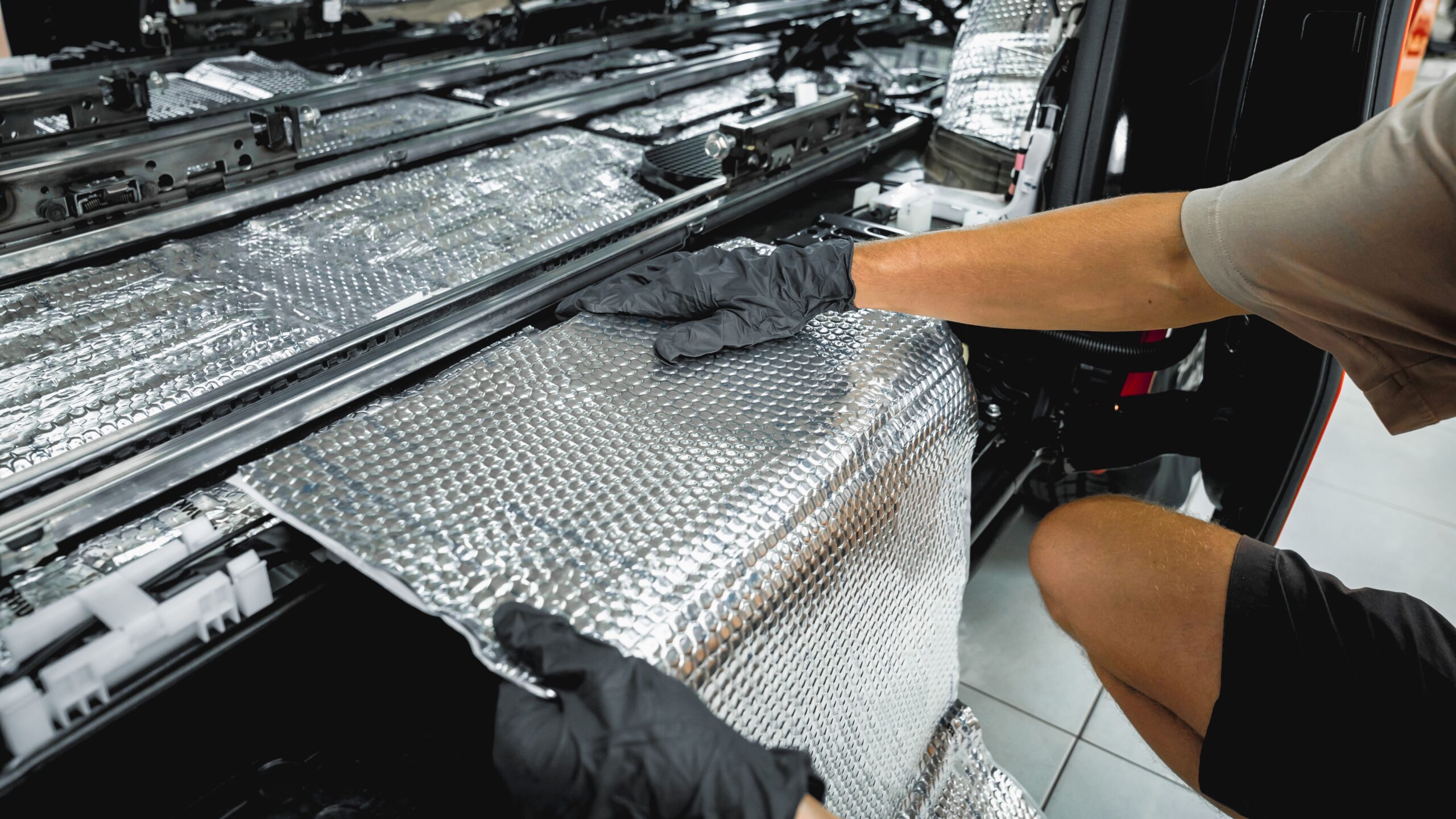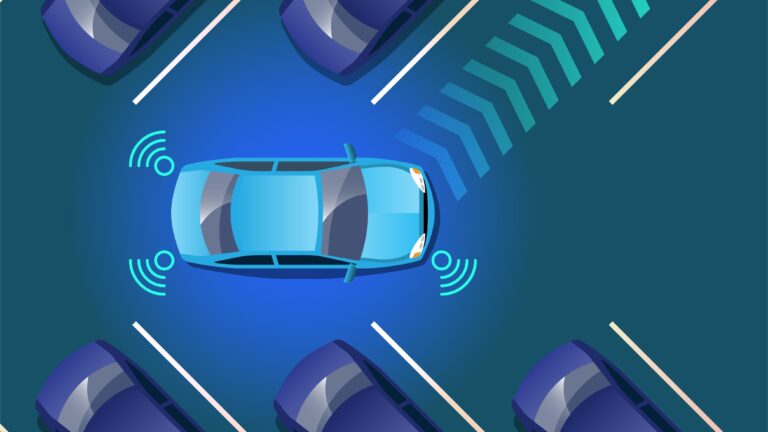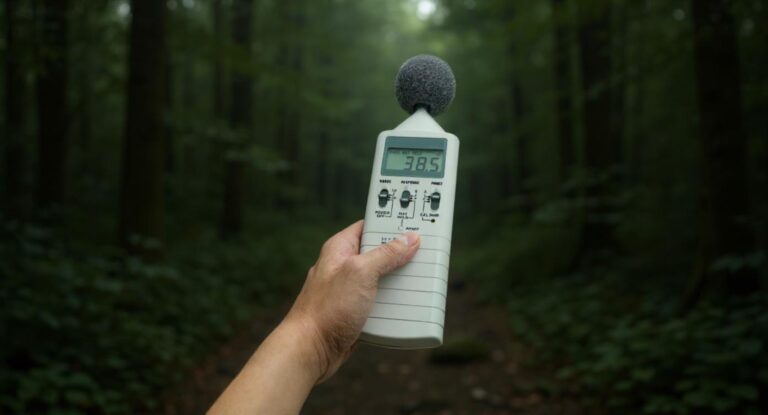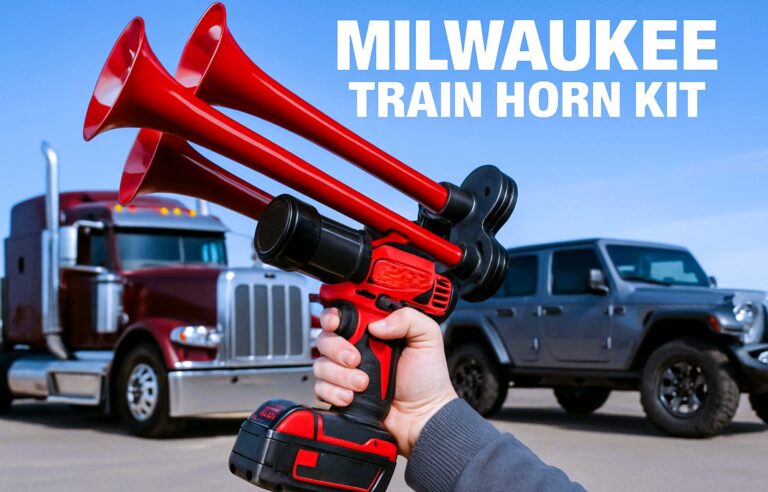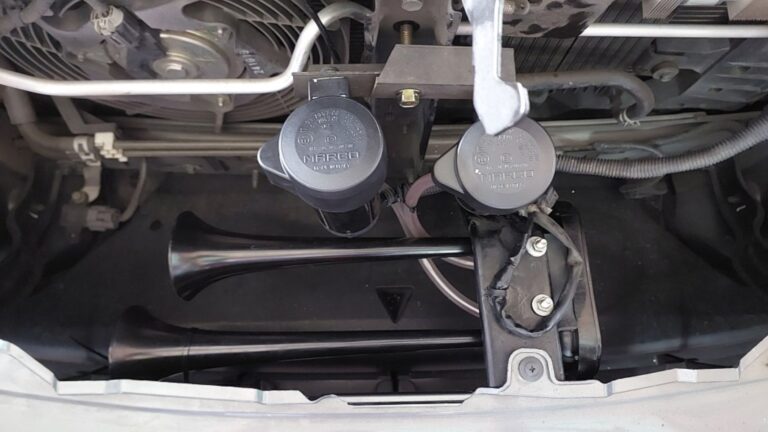Adding Sound Control to Your Vehicle Without Complications
Ever been on a drive and wished you could drown out the noise from traffic or the kids in the backseat? Or maybe you want to enhance your music experience without making things complicated. Adding sound control to your vehicle isn’t just for audiophiles—it’s for anyone who values a peaceful, enjoyable ride. But the big question is: how do you do it without turning your car into a wiring nightmare? This guide is here to help you navigate the world of vehicle sound control with simplicity and style.
Understanding Sound Control: What Does It Really Mean?
Before you start adding gadgets or materials to your vehicle, it’s important to understand what sound control truly means in the context of your car. At its essence, sound control is all about managing the way sound behaves inside the cabin. It’s not just about turning up your music louder; it’s about creating an environment where you can hear what you want clearly, without being disturbed by unwanted noise. Think of it like tuning a room in your house for the perfect listening experience, but on wheels.
When we talk about sound control, it often involves tackling two main issues: unwanted noise and desired sound quality. Unwanted noise can come from all sorts of places—the relentless roar of traffic, the hum of your engine, wind rushing past the windows, or even little rattles from loose panels. All these sounds compete with your music, conversations, or podcasts, making it harder to enjoy your time in the car. Sound control aims to reduce or block these noises, so they don’t interfere with what you want to hear.
On the flip side, sound control also focuses on enhancing the audio you do want. This means improving clarity so vocals don’t get muddled, boosting bass for richer music, and balancing highs and lows so every note sounds just right. It’s about transforming your car from a noisy metal box into a cozy concert hall or podcast studio where every sound is crisp and immersive.
Achieving effective sound control is a blend of art and science. It can involve physical materials like insulation, sound-deadening mats, and seals that block or absorb noise. But it also includes electronic solutions such as amplifiers, digital sound processors, or even active noise cancellation systems that use technology to counteract unwanted sounds in real time. Combining these methods smartly allows you to enjoy a much more pleasant and controlled acoustic environment inside your vehicle.
Identify Your Sound Problems
| Sound Problem | Typical Cause | How It Affects You | Possible Solutions | How to Identify It |
| Road Noise | Tire interaction with asphalt | Constant low-frequency rumble, can be tiring | Sound deadening mats, better tires, door seals | Notice noise increasing with speed on highways |
| Wind Noise | Poor window/door seals, aerodynamics | High-pitched whistling or rushing, distracting | Replace seals, add weather stripping | Listen for noise especially near windows at 40+ mph |
| Engine or Exhaust Sounds | Engine vibrations, exhaust leaks | Loud engine roar or rattling disrupting cabin quiet | Engine mounts, exhaust system check, insulation | Observe louder engine sounds when accelerating |
| Rattling or Vibrations | Loose panels, accessories | Annoying intermittent rattles, distracting | Tighten panels, use foam padding | Tap around doors and panels to check for looseness |
| Poor Audio System Quality | Cheap speakers, no amplifier | Muffled, distorted, or tinny music | Upgrade speakers, add amplifiers, DSP | Play different music genres and notice clarity issues |
Simple Soundproofing Solutions
When you want to reduce unwanted noise inside your vehicle without hassle, starting with simple, practical fixes can deliver impressive results. Here’s a detailed, step-by-step list of effective soundproofing solutions you can apply to your car:
- Inspect and Replace Door and Window Seals: Over time, rubber seals wear out, crack, or loosen, allowing wind and outside noise to enter your cabin. Carefully examine all seals around doors and windows for damage. Replace any worn or brittle seals with new ones, or reinforce them using adhesive weather stripping to create a tighter sound barrier.
- Apply Sound Deadening Mats to Metal Surfaces: These mats adhere to doors, floors, trunks, and other metal panels to absorb vibrations and reduce noise resonance. Popular brands like Dynamat and Noico are widely recommended. They can be cut to size easily and installed with basic tools. While adding some weight, they significantly improve cabin quietness and audio quality.
- Add Insulation to Wheel Wells and Firewall: These areas are major noise sources due to tire contact and engine operation. Using foam padding or specialized insulation materials inside wheel wells and on the firewall can greatly dampen harsh mechanical sounds and prevent them from entering the cabin.
- Soundproof the Trunk and Rear Deck: Vibrations and rattling often come from loose items or thin panels in the trunk area. Applying deadening mats or foam in the trunk walls, floor, and around the spare tire well helps absorb these noises. Make sure to secure loose parts to avoid constant rattles.
- Upgrade Floor Carpets and Mats: Thicker or noise-absorbing carpets can block road noise that penetrates from under the vehicle. Replacing thin factory carpets with quality materials helps trap sound waves and reduce echo inside your car’s interior.
- Consider Acoustic or Laminated Windows: Standard windows let in a surprising amount of outside noise. If budget permits, installing double-pane or laminated acoustic glass offers much better insulation against wind and traffic noise compared to regular glass.
- Seal Gaps and Cracks in the Interior: Small gaps around the dashboard, under seats, or near door handles can let noise seep in. Use silicone sealants, foam tape, or weatherproof caulking to fill these spaces and create a more airtight, soundproof cabin.
- Secure Loose Panels and Trim: Loose door panels, dashboards, or trim pieces can vibrate and cause rattling noises. Check and tighten any screws, clips, or fasteners to keep everything firmly in place and eliminate these distracting sounds.
- Add Mass Loaded Vinyl (MLV): For advanced soundproofing, apply MLV sheets under carpets or inside doors. This dense, flexible material blocks a wide range of sound frequencies and is commonly used in professional car audio setups.
- Install Foam or Felt Padding Beneath Interior Panels: Adding thin layers of foam or felt inside door panels or under the dashboard reduces resonance and muffles high-frequency noise, improving overall sound comfort.
Upgrade Your Vehicle’s Audio System
When it comes to the sound inside your car, having a great audio system can completely transform your driving experience. If your music currently sounds flat, muffled, or just plain boring, it might be time to consider upgrading your system. Factory-installed speakers are often basic and designed to keep costs low, which means they usually don’t deliver the rich, clear sound that music lovers crave. By swapping out these stock speakers for higher-quality replacements, you can immediately notice a boost in sound clarity, depth, and overall enjoyment. Upgrading door and rear deck speakers is a good place to start, and for those wanting even better sound separation and precision, component speakers offer distinct drivers for highs, mids, and lows, creating a more immersive listening experience.
Amplifiers play a crucial role in enhancing your car’s audio by providing the necessary power to drive your speakers efficiently. Without a dedicated amplifier, your sound system is limited by the low power output from the head unit, which can result in distortion when volumes are cranked up. A good amplifier boosts the audio signal cleanly, delivering crisper, louder sound without distortion or strain. Many modern amplifiers are compact and energy-efficient, making them easier to install in tight spaces. Some also include built-in crossovers, which allow you to control the frequencies sent to each speaker, fine-tuning your audio setup for maximum clarity and performance.
If you love feeling the deep, punchy bass that makes music come alive, adding a subwoofer is essential. Stock audio systems typically lack strong low-end frequencies, which leaves your music sounding thin or lifeless. A subwoofer is designed specifically to reproduce those powerful bass notes, giving your music more impact and fullness. Subwoofers are usually installed in the trunk or sometimes under the seats, depending on your vehicle’s layout and space constraints. However, because subwoofers demand more power than regular speakers, it’s important to ensure your amplifier can handle the extra load. Matching your amplifier’s capabilities with your subwoofer’s requirements will guarantee smooth, distortion-free bass.
Overall, upgrading your vehicle’s audio system is about creating balance and power that complement your listening preferences. Whether you’re a casual listener who enjoys clear vocals and clean instruments or a bass enthusiast who craves that booming low end, investing in quality speakers, a solid amplifier, and a capable subwoofer will make your driving soundtrack much more enjoyable. With the right components working together, your car transforms into a personal concert hall where every note and beat is heard just as the artist intended.
Integrate Electronic Sound Control Features
| Feature | What It Does | Benefits | Installation Complexity | Ideal For |
| Active Noise Cancellation (ANC) | Uses microphones to detect unwanted noise and speakers to emit sound waves that cancel it out, reducing background noise | Significantly reduces road, engine, and wind noise; creates a quieter cabin environment | Moderate to high; often requires professional installation due to integration with vehicle electronics | Drivers wanting quieter rides and minimal noise distractions |
| Digital Signal Processor (DSP) | Allows fine-tuning of audio output through adjustments in equalization, time alignment, and crossover settings | Improves sound clarity and staging; customizable audio tailored to listener preferences | Moderate; requires some technical knowledge, but many units offer user-friendly interfaces or apps | Audiophiles seeking precise control over sound quality |
Control Sound with Smart Interfaces
Smart sound control in your vehicle is all about making your audio experience effortless and safe while driving. Instead of struggling to reach for knobs or buttons, modern technology allows you to manage your sound system quickly and intuitively, keeping your focus on the road. Here is a detailed list of smart interface options that can upgrade how you control audio in your car:
- Connect your audio controls to the steering wheel if your vehicle supports it. Steering wheel controls offer a safe and convenient way to adjust volume, change tracks, and manage calls without taking your hands off the wheel or your eyes off the road.
- Integrate voice command assistants such as Siri, Google Assistant, or Alexa with your car’s sound system. These voice-activated helpers allow you to control music playback, adjust volume, switch between playlists, and even answer or make phone calls hands-free, enhancing both safety and convenience.
- Use compatible head units or aftermarket adapters to enable smart interfaces. Many modern infotainment systems and aftermarket receivers support integration with smartphones and voice assistants, turning your vehicle into a connected smart audio hub.
- Take advantage of touchscreens and smartphone apps linked to your car stereo. These apps often provide intuitive interfaces that let you customize audio settings, browse music libraries, and control playback with ease, even before getting into the car.
- Explore gesture controls in some advanced systems that recognize hand motions to perform basic functions like volume adjustment or track skipping without physical contact, reducing distractions further.
- Use Bluetooth connectivity to wirelessly stream music from your phone or other devices, which can then be managed via your car’s smart controls or voice commands, ensuring seamless playback and control.
- Enable integration with navigation apps and other smart services that allow contextual sound adjustments—for example, automatically lowering music volume when navigation directions are spoken or when a phone call comes in.
- Pair your audio system with wearable devices or smartwatches that can control music playback remotely, giving you another layer of convenience especially for passengers or during hands-free driving.

